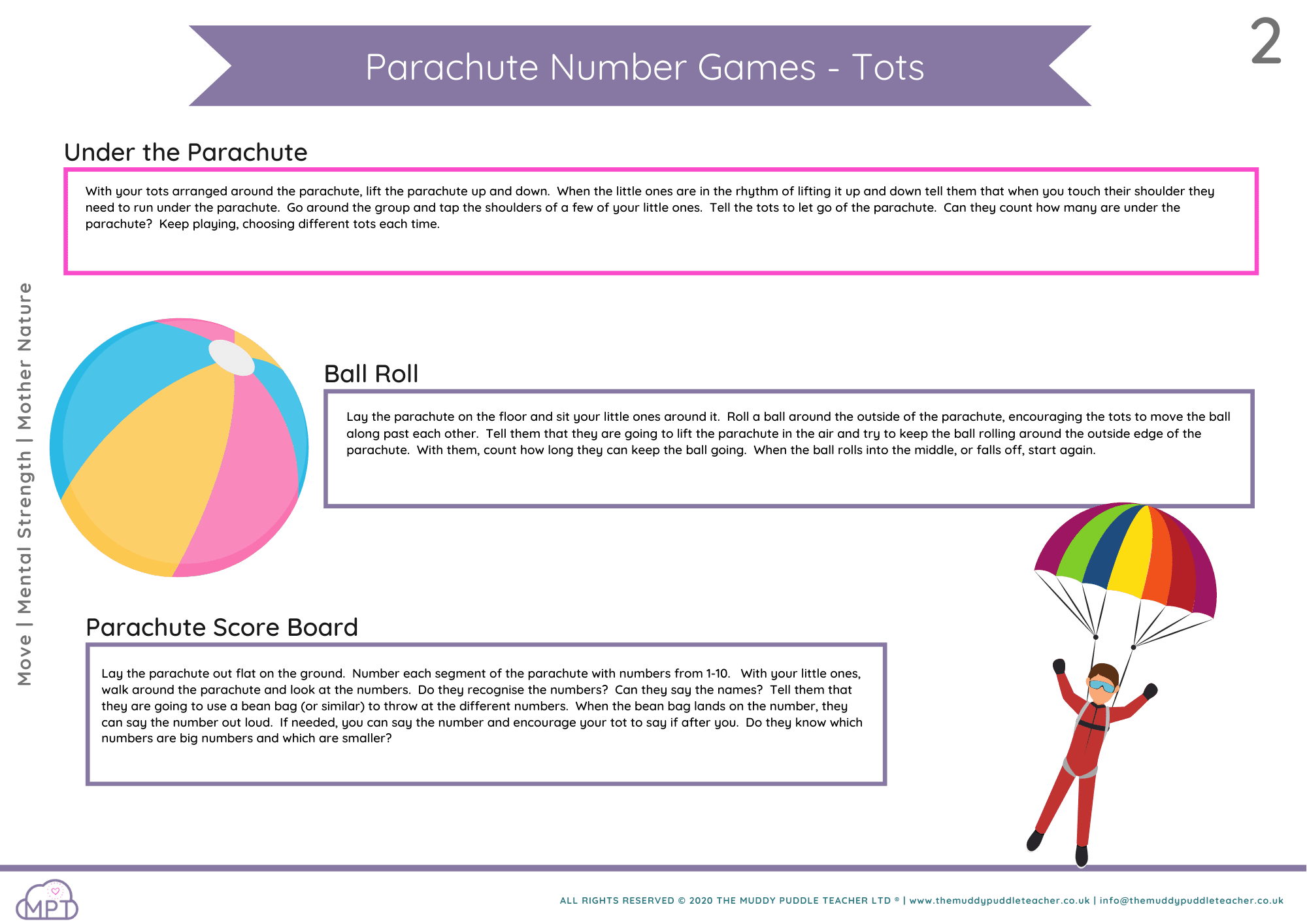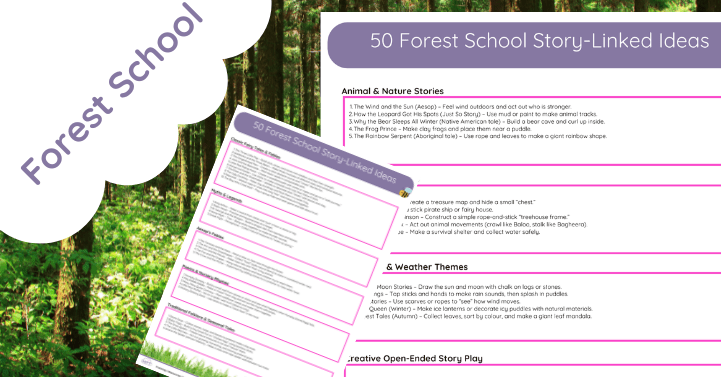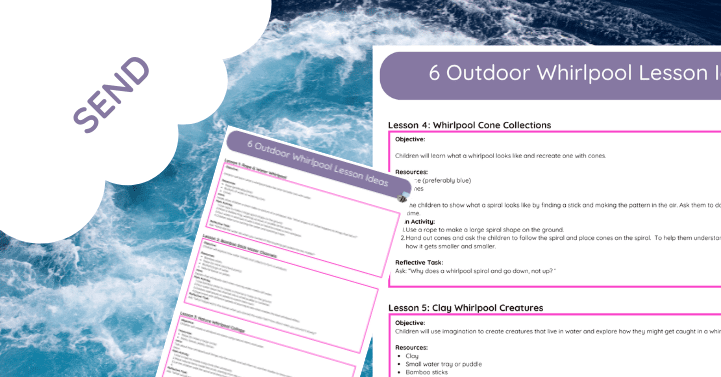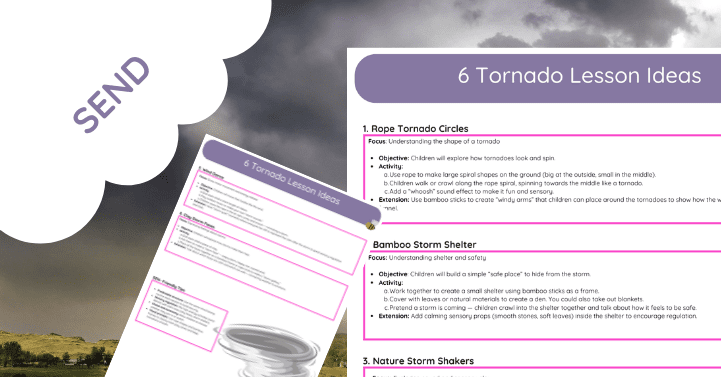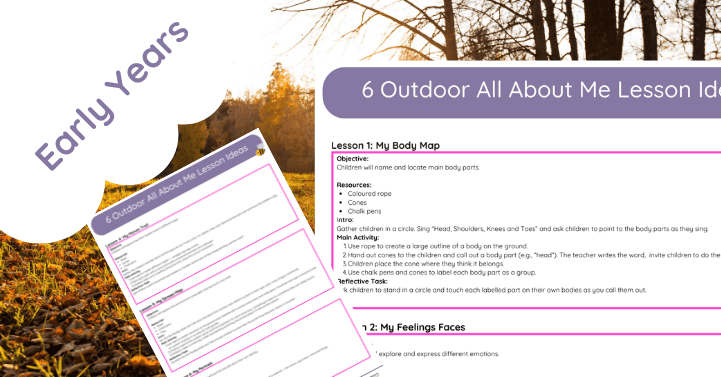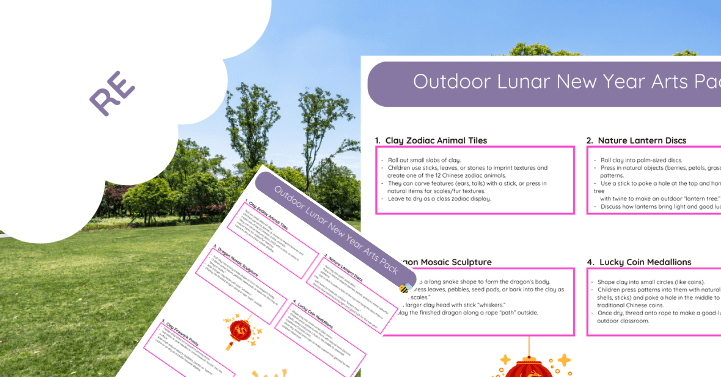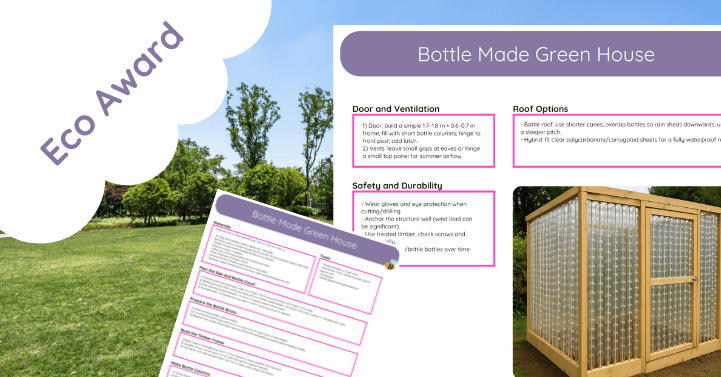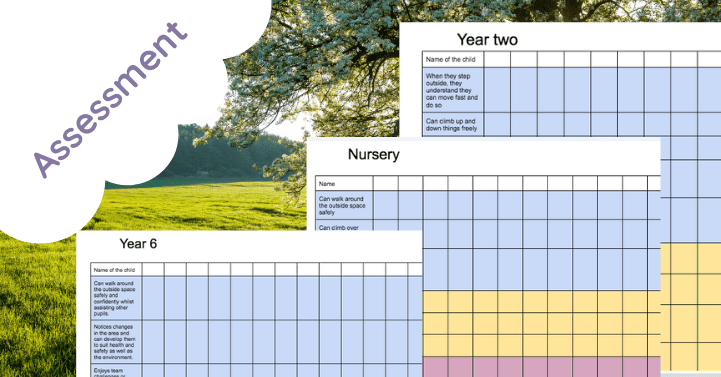The Benefits and Advantages of Parachute Games in Schools
Parachute games have become a staple in physical education programs and playground activities in schools worldwide. These games involve using a large, colorful parachute that children can lift, wave, and play under. Beyond the immediate fun and excitement, parachute games offer a range of physical, cognitive, and social benefits that make them a valuable addition to any school curriculum. Let’s explore the many advantages of incorporating parachute games in schools.
Physical Benefits
1. Enhances Motor Skills
Parachute games require children to use both gross and fine motor skills. Activities such as lifting, shaking, and running under the parachute help develop coordination and muscle strength. External Resource: Healthy Children – Gross Motor Skills
2. Promotes Physical Activity
Playing with a parachute encourages children to be active. These games can be a great way to incorporate physical exercise into a school day, helping to combat sedentary behavior. External Resource: CDC – Physical Activity Guidelines
3. Improves Coordination and Balance
Parachute games often require children to move in unison, which can help improve their coordination and balance. These activities can be particularly beneficial for younger children developing these essential skills. External Resource: Understood – Coordination and Balance
Cognitive Benefits
4. Boosts Cognitive Development
Parachute games often involve following instructions, taking turns, and making decisions, all of which can help boost cognitive development. These games encourage children to think critically and follow complex instructions. External Resource: Harvard – Brain Development & Executive Function
5. Enhances Listening Skills
To successfully participate in parachute games, children must listen carefully to instructions. This practice can enhance their listening skills and ability to follow directions, which are critical skills in the classroom. External Resource: Edutopia – Building Listening Skills
6. Encourages Creativity
Many parachute games allow for creative expression. Children can invent new games, come up with stories, or use the parachute as part of imaginative play, fostering their creativity. External Resource: Creativity Portal – Benefits of Creative Play
Social Benefits
7. Promotes Teamwork
Parachute games require children to work together to lift, lower, and move the parachute. This teamwork fosters a sense of cooperation and helps children learn the value of working together towards a common goal. External Resource: Collaborative for Academic, Social, and Emotional Learning (CASEL) – Benefits of Teamwork
8. Builds Communication Skills
Effective communication is essential in parachute games. Children must communicate to synchronize their movements, discuss strategies, and resolve conflicts, enhancing their verbal and non-verbal communication skills. External Resource: Edutopia – Teaching Communication Skills
9. Develops Social Interaction
Participating in parachute games provides children with opportunities for social interaction. They learn to take turns, share, and interact positively with their peers, which are essential social skills. External Resource: Verywell Family – Social Skills for Children
Emotional Benefits
10. Boosts Confidence
Successfully participating in parachute games can boost children’s confidence and self-esteem. Accomplishing tasks and being part of a team can help children feel more confident in their abilities. External Resource: Child Mind Institute – Building Confidence in Children
11. Provides Emotional Regulation
The physical activity and teamwork involved in parachute games can help children regulate their emotions. The excitement and joy of playing can also reduce stress and promote a positive mood. External Resource: Verywell Mind – Benefits of Physical Activity for Mental Health
Educational Benefits
12. Supports Cross-Curricular Learning
Parachute games can be used to teach a variety of subjects, including math (counting, shapes), science (physics of movement), and physical education. They provide a hands-on, kinesthetic learning experience. External Resource: Teach Starter – Cross-Curricular Activities
13. Enhances Focus and Attention
The structured nature of parachute games requires children to focus and pay attention, which can help improve their concentration and attentiveness in other areas, including academic tasks. External Resource: ADDitude – Focus and Attention in Children
Health Benefits
14. Improves Cardiovascular Health
The physical activity involved in parachute games helps improve cardiovascular health. Regular participation in such activities can enhance overall physical fitness and heart health. External Resource: American Heart Association – Benefits of Physical Activity
15. Promotes Overall Physical Health
In addition to cardiovascular benefits, parachute games help improve overall physical health by promoting strength, flexibility, and endurance. External Resource: Mayo Clinic – Benefits of Exercise
Recommended Resources from Muddy Puddle Teacher
To support the incorporation of parachute games into your school’s curriculum, Muddy Puddle Teacher offers a variety of resources:
- Parachute Game Ideas
- Outdoor Learning Guides
- Physical Education Resources
- Teamwork Activities
- Sensory Play Resources
Conclusion
Parachute games offer a multitude of benefits for children in schools, from enhancing physical health and motor skills to boosting cognitive development and fostering social interaction. These activities provide a fun and engaging way for children to learn, cooperate, and develop essential life skills. By incorporating parachute games into your school’s curriculum, you can create a dynamic and inclusive learning environment that supports the holistic development of every child.


